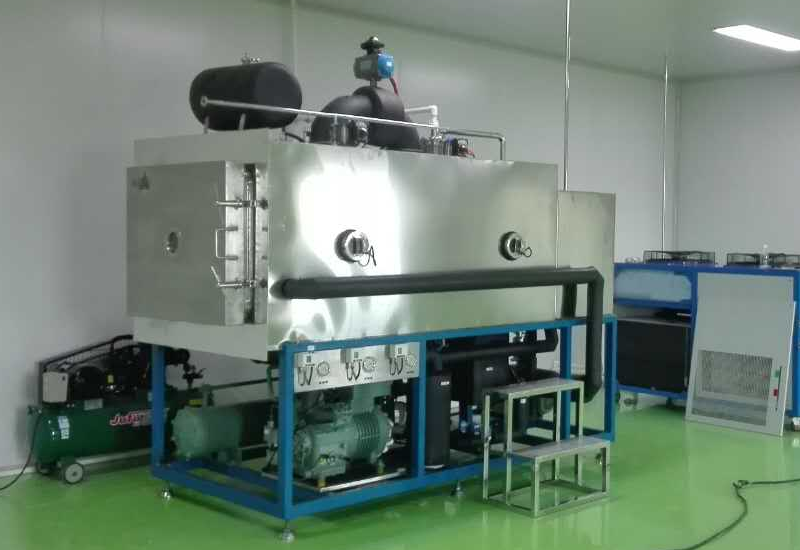The University of Cambridge uses the moss to drive the radio
 |
Moss may not be conspicuous, but it will definitely be of great use later. Recently, scientists at Cambridge University successfully used moss as an energy source to drive an FM radio.
Although the use of moss to provide electricity is not a new idea, research has been accompanied by challenges due to too little energy. Now that Cambridge University only used 10 pots of moss to meet the requirements of the radio, it was a big step forward.
Moss can play a role. The hero is called "photovoltaic microbial fuel cell". It can absorb and store the electrons produced by photosynthesis of moss and then provide it to radio equipment. Although the current conversion rate is still very low, technology will slowly develop.
Scientists at the University of Georgia are also said to be writing on moss. They use microscopic carbon nanotubes that can harvest twice as much electricity from the current photovoltaic cells.
It meets national relative standards, according to GMP and implementation guidelines of GMP, AND gb/t522 6.1-1996
Main Features:
1. The equipment design, selection, and installation meet production requirements. It is easy to clean, disinfect or sterilize, facilitate production operations, and maintenance, and can also avoid errors and reduce pollution.2. The surface of equipment directly in contact with drug is easy to clean, smooth, easy to clean or sterilize, and resistant to corrosion, and chemical changes or adsorption of drugs will not occur. Lubricants, coolants, etc. used in the equipment can not cause contamination of the medicines or containers.
3. The main fixed pipeline connected to the equipment shall indicate the name and direction of the material.
4. The preparation, storage and distribution of purified water and water for injection should prevent the growth and contamination of microorganisms. The materials used for storage tanks and pipelines should be non-toxic and corrosion-resistant. The design and installation of the pipeline should avoid dead ends and blind pipes. Storage tanks and pipelines are required to provide cleaning and sterilization cycles. The vent of injection water tank should be equipped with a hydrophobic sterilizing filter that does not come off the fibers. The water for injection can be stored at a temperature above 80°C, at a temperature above 65°C, or below 4°C.
5. Instruments, meters, gauges, scales, etc. used for production and inspection, whose scope of application and precision shall meet the inspection requirements of production, have obvious conformity marks, and be regularly calibrated.
6. Production equipment should have obvious status signs and be regularly repaired, maintained and verified. Equipment installation, and maintenance can not affect the quality of the product. Unqualified equipment should be moved out of the production area if possible, and should be clearly marked before being carried out.
7. The equipment of production and inspection should have records of use and maintenance, and be managed by special personnel.

Medical Type Freeze Dryer
Medical Type Freeze Dryer, Medical Vacuum Freeze Dryer,Medical Pharmaceutical Freeze Dryer,Gland type Vacuum Freeze Dryer,Pharmaceutical Freeze Dryer,Pharmaceutical Production Freeze Dryer
Zhengzhou mingyi instrument equipment co.,ltd , https://www.mingyint.com